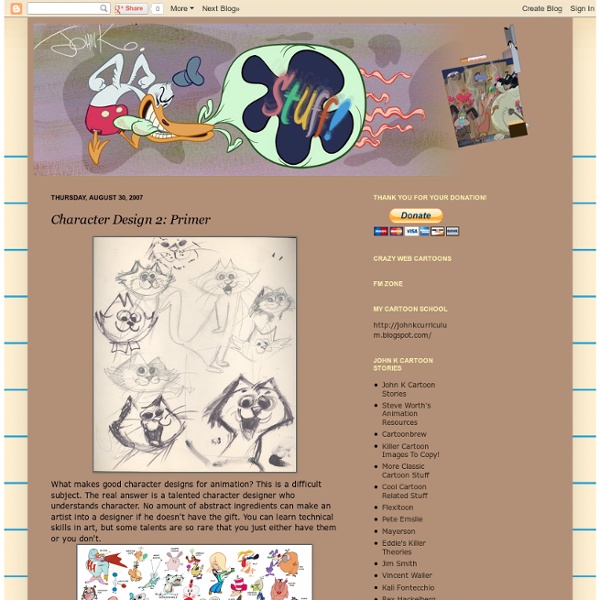Character Design 2: Primer

5 Fundamental Skills Every Artist Should Master
As an artist, your job is to immerse your viewers into a world that you have built and guide them safely through it. Artists have much in common with storytellers. Storytellers have several tricks that they use to keep their readers coming back for more. The most important aspect of art to me personally is the composition. This is the simplest and most used composition technique, one that I use a lot myself. The main idea behind this is to place your most important element/object on one of the intersections where the lines converge (the +'s), as well as along or near the vertical line of wherever your focal may lie. It is believed that when this is used and your subject/focal sits on one of these spots, it creates more interest in your picture rather than having it centered. In contrast to what was stated above, this particular composition sets the focal point directly in the center of the picture. Everything has a perspective. So, what do I mean by them being able to read properly?
Ten Things to Think About - #9 Eyes ~ Thinking Animation Blog
10 Things to Think About - from the book Thinking Animation by Angie Jones and Jamie Oliff. This is one of the lectures I use at the online school ianimate.net. I created this list for my book Thinking Animation to help animators create a clear and solid message with their work. I will post the 10 Things to Think About over the course of the next 10 weeks. ~Enjoy! #9 Eyes: (This particular lecture is much longer when I teach. Basic Notes on animating Eyes: Eyes are windows into the soul and the soul is controlled by the mind.Eye darts and glances tell more than any other gestures in the body when used in the right place in the scene. Overview of Eye Movement: Never animate without a reason! ...eye shape: when the iris moves around the eye the lid cuts across it changing its shape from round to oval. ...lid shape: The lid itself changes shape as the eye line changes and the brow pushes down on it with emotional poses. ...blinks: Never blink unless there is a reason! Eye Darts: Squinting:
Character Costume
Related:
Related:



